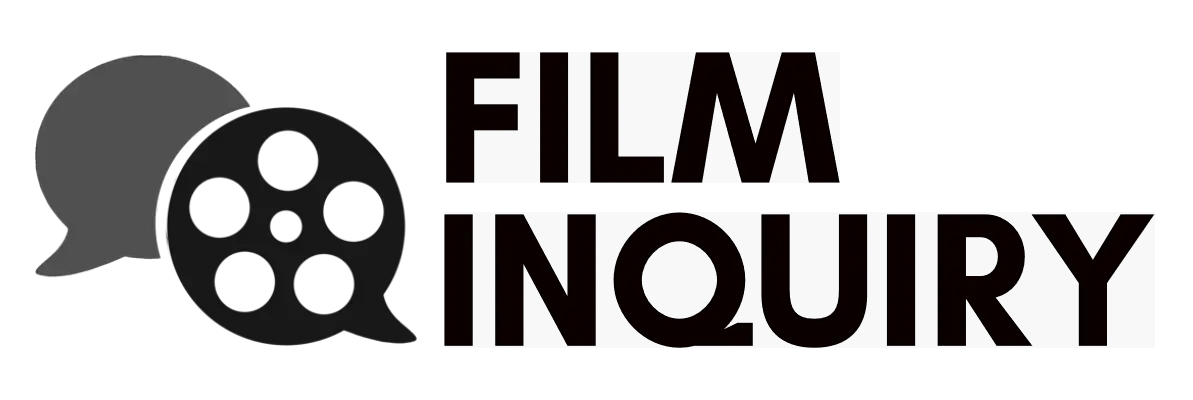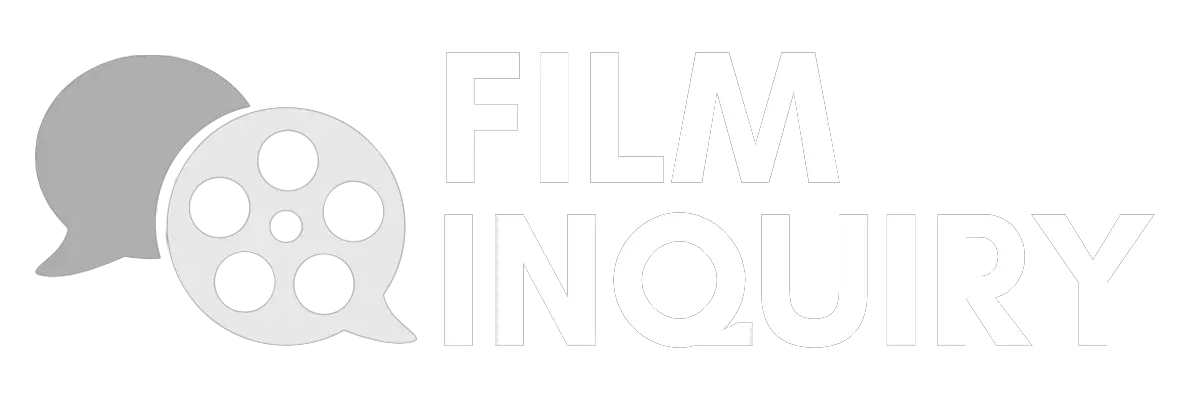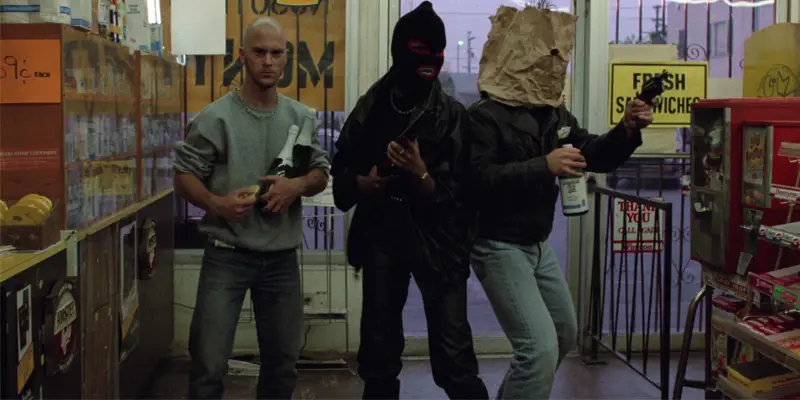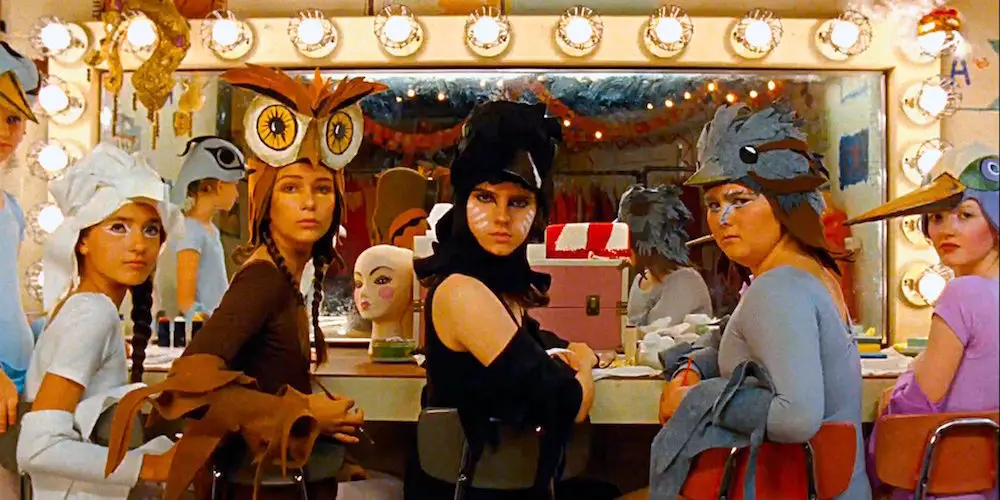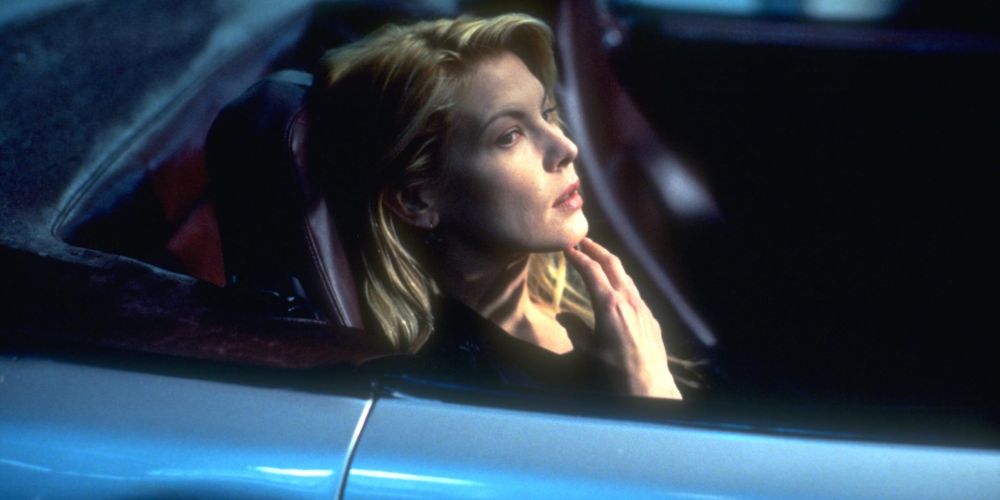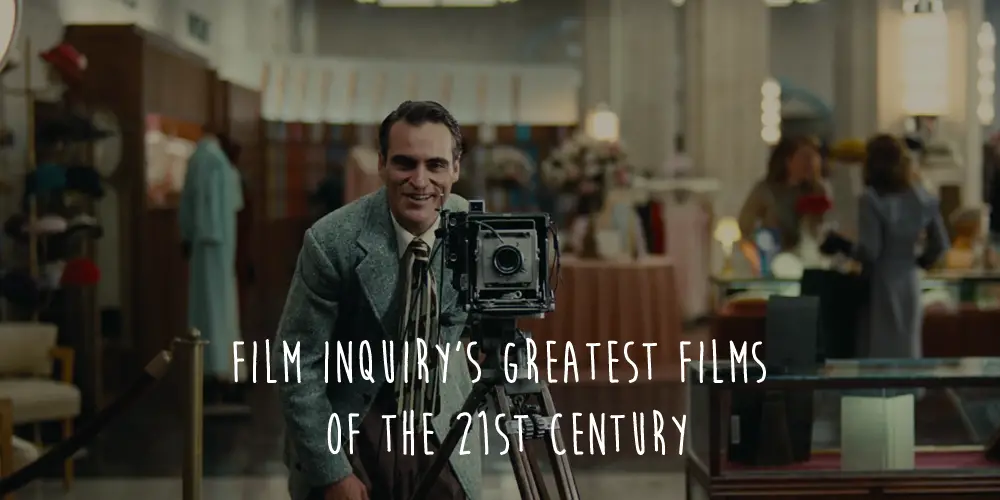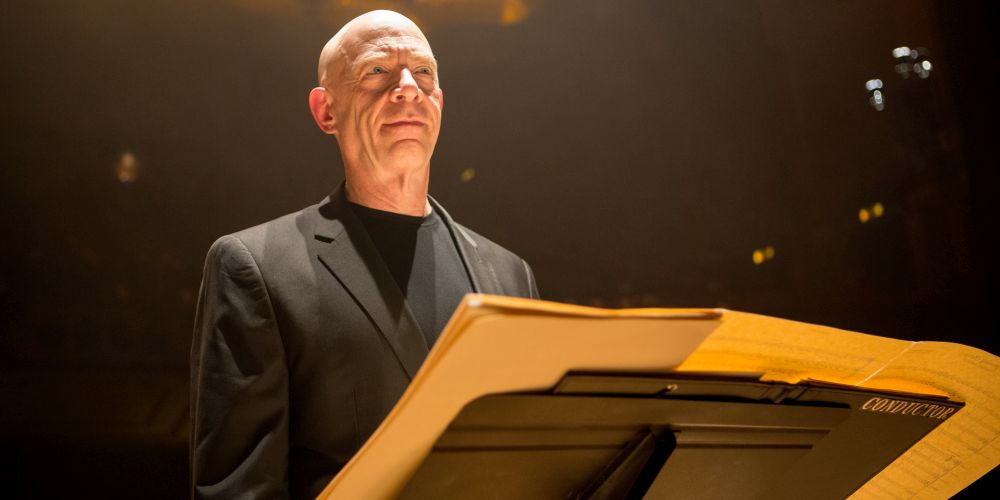Features
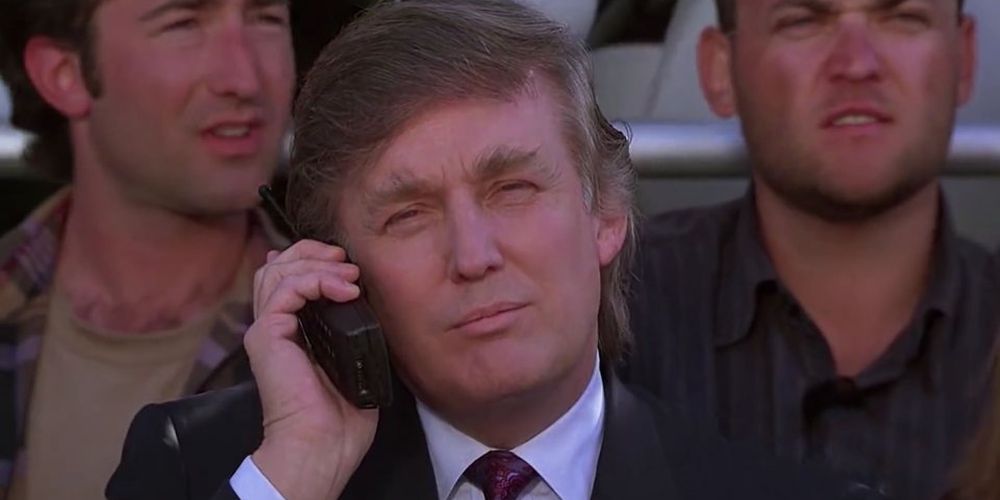
In two months time, the world could have already adjusted to the news that Donald Trump has been named the 45th President of the United States. Trump’s entire presidential platform has been built on two things: the first is a disrespect for taste and decency, building an entire campaign around gaffes that would see any other politician deemed unfit to be a part of the establishment, let alone be crowned leader of the free world.
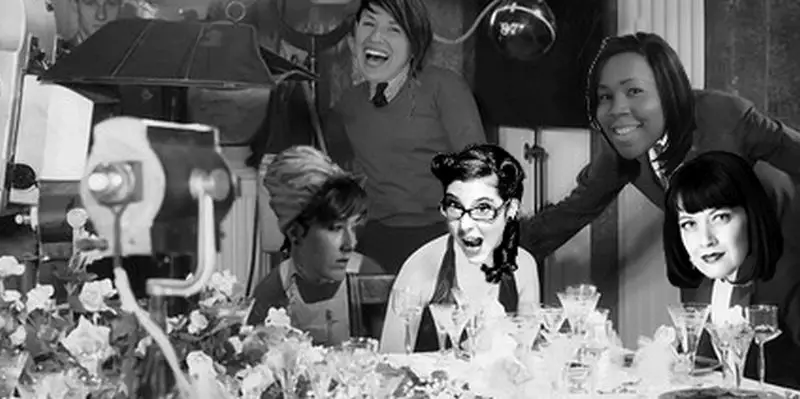
On Thursday, September 22, Blair Witch writer Simon Barrett is hosting the very first Dinner With Dames (DWD). Organised by Jenna Payne in collaboration with Cinefemme, it’s an opportunity for a group of up-and-coming women filmmakers to enter a dialogue about diversity issues and obstacles women face in the entertainment industry, while enjoying a meal. High level industry players are invited to every dinner, in an attempt to break down the barriers of access, help demolish the myths about female filmmakers and to promote more conscious hiring practices in Hollywood.
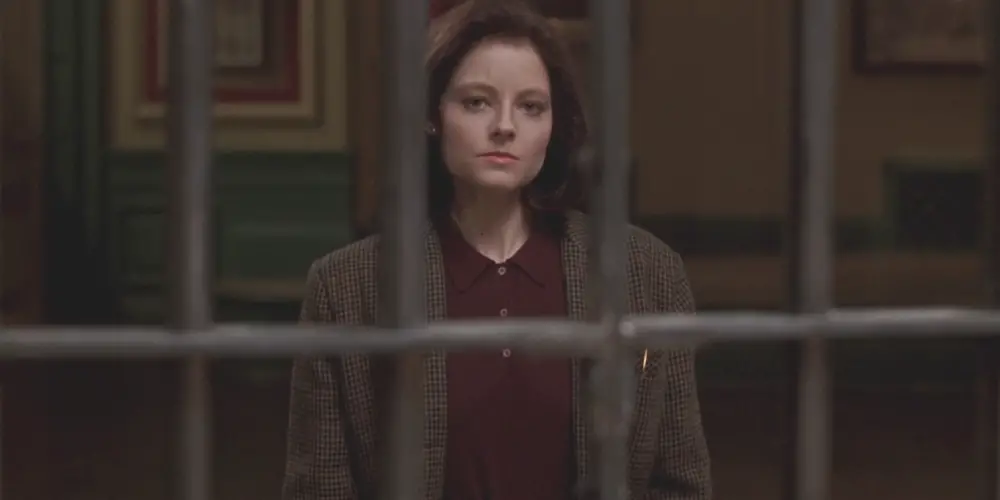
The Silence of the Lambs is an enduring piece of cinema. Jonathan Demme’s crime-thriller touched a nerve because of its mainstream appeal crossed with glimpses of macabre imagery. A young FBI trainee named Clarice Starling (Jodie Foster) is enlisted by her superior to visit with notorious cannibal Hannibal Lecter (Anthony Hopkins) in prison with hopes of gaining insight into another active serial killer:
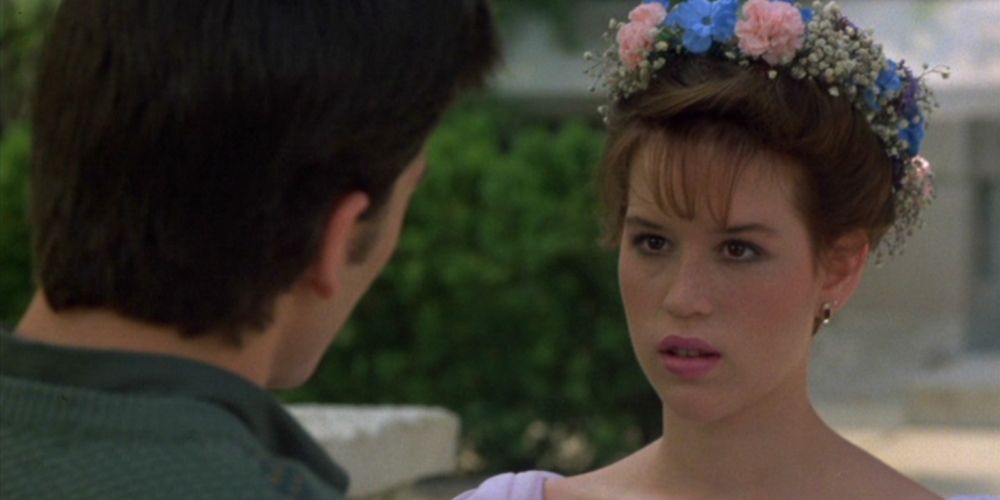
There’s a strange dichotomy surrounding the films of John Hughes, both written and directed. In one sense, there have been few directors that have so understood the angst of the teenage experience. Yet, conversely, Hughes’ depiction of both race and gender are entirely at odds with his apparent insight into the teen condition.
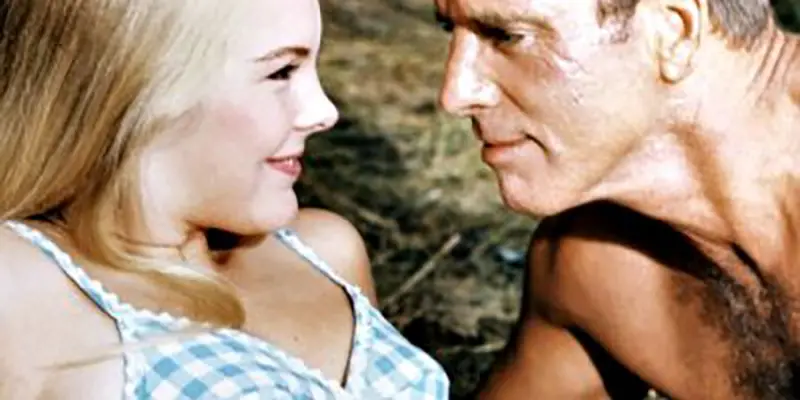
Frank Perry ’s 1968 film The Swimmer is adapted at length from the 12-page short story of the same name by famed American author John Cheever . It is the story of Ned Merrill (perhaps the finest performance of Burt Lancaster ’s impressive career), whose summer culminates in a trip through various neighbours’ pools until reaching his own home at the end of a large and affluent county of mansions. Only, what starts as a summer begins to feel as if it goes on for years.
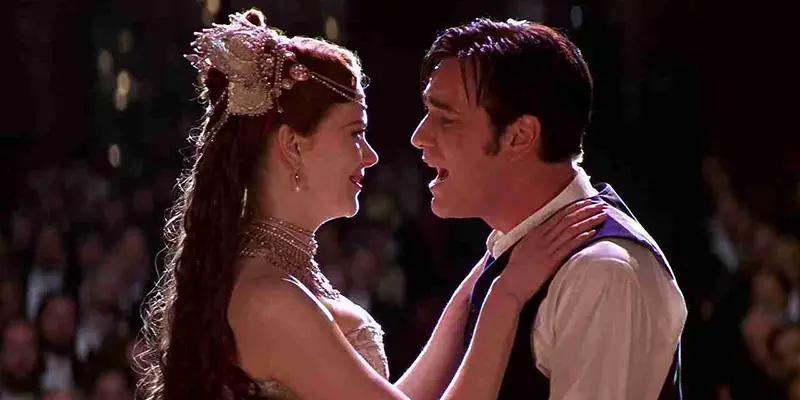
There’s a warm feeling that engulfs you when viewing an old Hollywood musical. Usually, it’s a wave of nostalgia as soon as the opening credits start to roll. When silver screen icons like Gene Kelly, Cyd Charisse, Ginger Rogers or Fred Astaire show up on your screen to entertain the masses for a few hours, you’re guaranteed an entertaining, yet competent, movie experience.

Why do we visit cinemas and how come we take the time to drive a considerable distance to pay upwards of $10 per film? Maybe it is to see a film that you had been anticipating for some time, or because a group of friends decided to check out a new release. No matter the reason, the focus is always on the film as the main motivator.
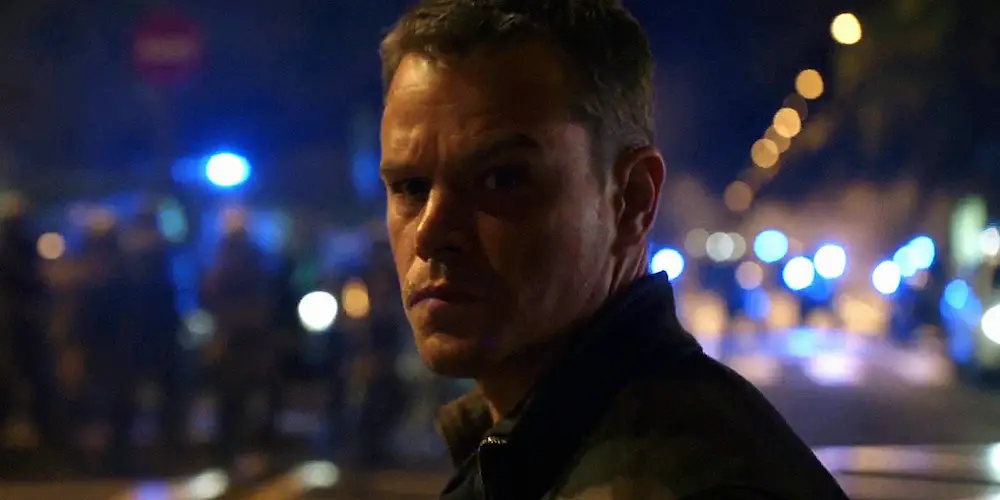
A largely-overlooked but critical element in an action film is its ability to tell a story with sound. Dialogue and musical score notwithstanding, sound cues and effects are incredible tools for storytelling in the genre; subtly adding depth and detail without ever compromising action or hogging screen-time. Given recent advances in the field of sound technology, filmmakers are even now using these techniques to great advantage in crafting critically-acclaimed action films.
